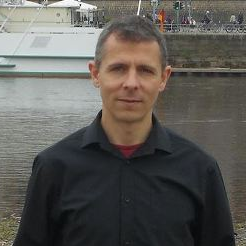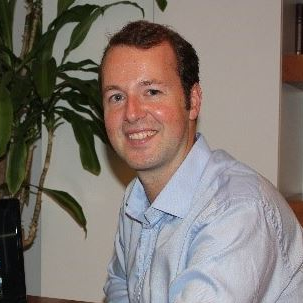Urban Groundwater
A special issue of Water (ISSN 2073-4441). This special issue belongs to the section "Urban Water Management".
Deadline for manuscript submissions: closed (30 June 2021) | Viewed by 13177
Special Issue Editors
Interests: urban groundwater; underground constructions; geothermal energy; groundwater modelling; geo-energies and groundwater; aquifer characterization; coupled hydro-mechanical–chemical processes
Interests: aquifer recharge quantification; contaminants of emerging concern; groundwater quality; groundwater management; urban groundwater; river–groundwater interaction; managed aquifer recharge; numerical modeling; quantitative hydrogeology
Interests: urban hydrogeology; geothermal energy; constructions; numerical modeling
Interests: hydrogeology; civil works–groundwater interaction; geothermal energy; numerical modeling; coupled processes; geomechanics; fractures and faults; induced seismicity; geologic carbon storage
Special Issue Information
Dear Colleagues,
Urban groundwater plays a meaningful role to ensure the sustainable development of cities as a source of fresh water and renewable energy, and consequently, it must be preserved. There is a wide variety of human related activities that may impact on urban groundwater resources, such as:
- The use of shallow aquifers for geothermal energy;
- The interaction with underground constructions;
- The leakage from sewers and the discharge of wastewaters (introduction of different kinds of pollutants and micropollutants);
- The increase of urbanized areas and sealed surfaces;
- The pumping of groundwater.
In this context, it is essential to identify and quantify aspects that may influence the quantity and quality of urban groundwater and investigate methods for minimizing their impacts (e.g., artificial groundwater recharge, improvement of the “natural” recharge in urban areas, reuse of pumped groundwater pumped from underground constructions, redesign of geothermal systems, etc). Similarly, it is important to integrate the possible impacts into the water management strategies for improving the use of urban water resources.
The interaction between urban groundwater and human activities is bidirectional and groundwater may also limit the development of cities, for example, complicating the development of new underground constructions. Therefore, research on how to handle the difficulties induced by the presence of groundwater is also needed.
To sum up, this Special Issue welcomes works focused on quantity and quality aspects of urban groundwaters and, in general, all studies concerning any aspect related with urban groundwater resources.
Dr. Estanislao Pujades
Dr. Anna Jurado
Dr. Guillaume Attard
Dr. Victor Vilarrasa
Guest Editors
Manuscript Submission Information
Manuscripts should be submitted online at www.mdpi.com by registering and logging in to this website. Once you are registered, click here to go to the submission form. Manuscripts can be submitted until the deadline. All submissions that pass pre-check are peer-reviewed. Accepted papers will be published continuously in the journal (as soon as accepted) and will be listed together on the special issue website. Research articles, review articles as well as short communications are invited. For planned papers, a title and short abstract (about 100 words) can be sent to the Editorial Office for announcement on this website.
Submitted manuscripts should not have been published previously, nor be under consideration for publication elsewhere (except conference proceedings papers). All manuscripts are thoroughly refereed through a single-blind peer-review process. A guide for authors and other relevant information for submission of manuscripts is available on the Instructions for Authors page. Water is an international peer-reviewed open access semimonthly journal published by MDPI.
Please visit the Instructions for Authors page before submitting a manuscript. The Article Processing Charge (APC) for publication in this open access journal is 2600 CHF (Swiss Francs). Submitted papers should be well formatted and use good English. Authors may use MDPI's English editing service prior to publication or during author revisions.
Keywords
- urban groundwater
- underground constructions
- geothermal energy in urban environments
- emerging organic contaminants
- urbanization and groundwater recharge
- artificial recharge
- saltwater intrusion in coastal urban areas
- urban groundwater quality
Benefits of Publishing in a Special Issue
- Ease of navigation: Grouping papers by topic helps scholars navigate broad scope journals more efficiently.
- Greater discoverability: Special Issues support the reach and impact of scientific research. Articles in Special Issues are more discoverable and cited more frequently.
- Expansion of research network: Special Issues facilitate connections among authors, fostering scientific collaborations.
- External promotion: Articles in Special Issues are often promoted through the journal's social media, increasing their visibility.
- e-Book format: Special Issues with more than 10 articles can be published as dedicated e-books, ensuring wide and rapid dissemination.
Further information on MDPI's Special Issue polices can be found here.








